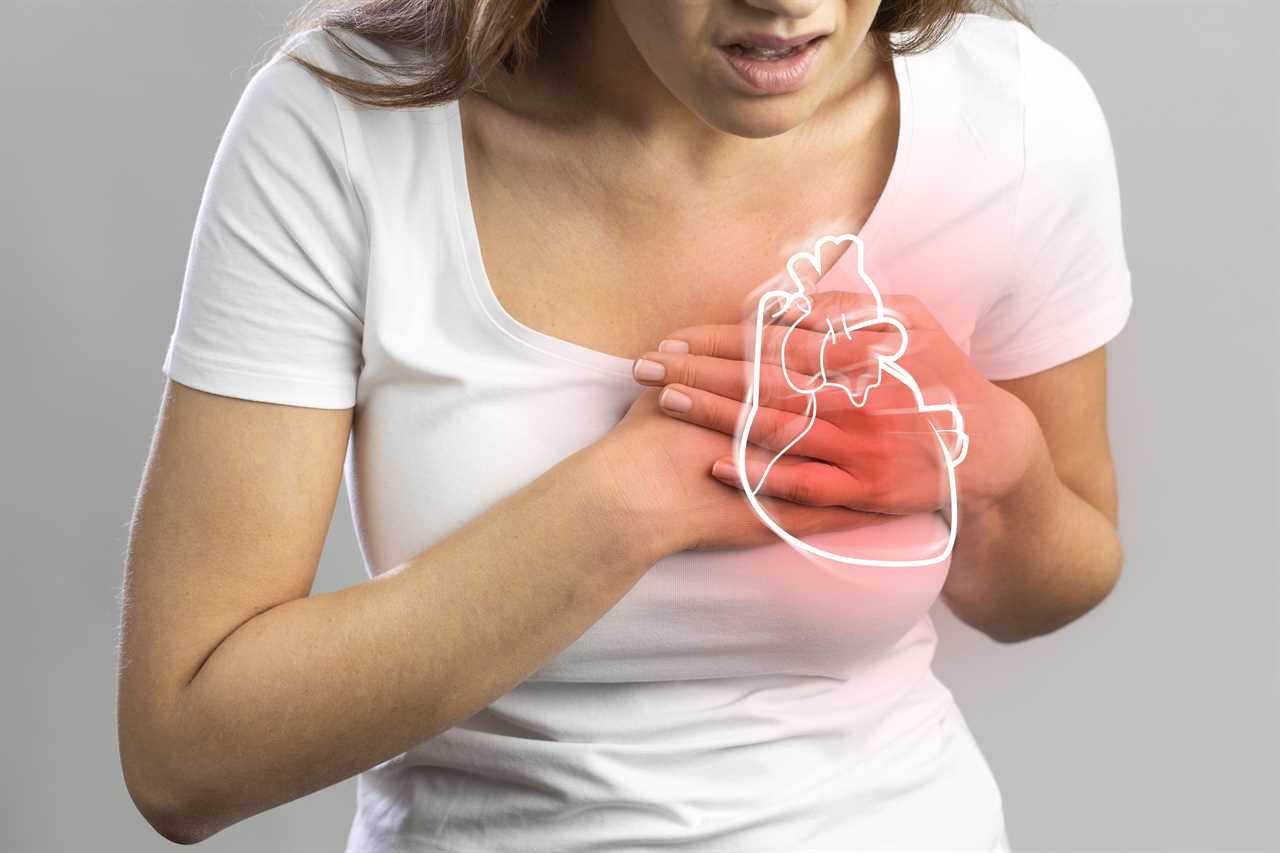
1. Breast Cancer
While breast cancer is more common in women, men can also develop it. Dr. James Stevenson highlights the importance of self-checks for early detection.
2. Osteoporosis
Men can also be affected by osteoporosis due to hormone changes. Dr. Stevenson recommends calcium-rich foods, vitamin D, and strength training to prevent it.
3. UTIs
Urinary tract infections are more common in women, but men can also get them, especially over the age of 50. Prompt treatment is essential.
4. 'Manopause'
Men may experience a gradual decline in testosterone levels with age, leading to symptoms like mood swings and low sex drive. Lifestyle changes can help manage these symptoms.

5. Alcoholism
Alcohol use disorders are on the rise in women. Early signs of alcohol dependence should not be ignored, and NHS treatment options are available.
6. Heart Disease
Both men and women are affected by heart disease, but getting diagnosed early can lead to better outcomes. Recognizing symptoms and seeking medical help is crucial.
7. Stroke
Although men have more risk factors for stroke, women also face a significant risk, especially after menopause. Knowing the symptoms and acting fast is key.
8. Hair Loss
Hair loss isn't exclusive to men; women can also experience it, especially during hormonal changes like menopause. Various treatments are available to address this issue.

9. Gout
Men have a higher risk of gout, but women post-menopause are also susceptible. Lifestyle changes and medications can help manage gout symptoms effectively.
Did you miss our previous article...
https://trendinginthenews.com/cancer/the-foods-that-could-accelerate-cancer-growth-researchers-identify-3-to-avoid






